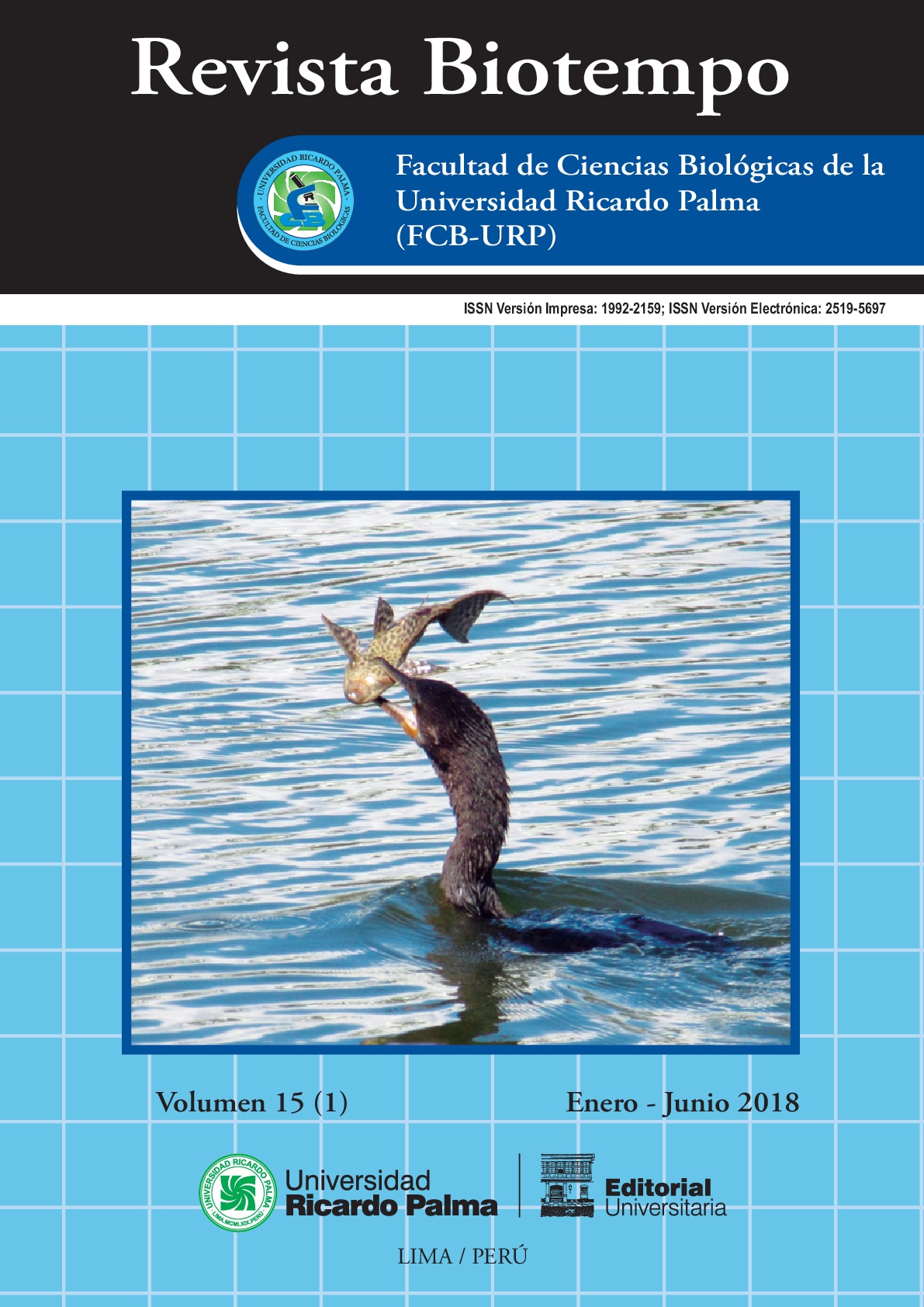CHARACTERIZATION OF THE POPULATION OF THE LONGSPINED SEA URCHIN DIADEMA ANTILLARUM PHILIPPI, 1845 (ECHINODERMATA: ECHINOIDEA) IN THE WEST OF CAYO SANTA MARÍA, VILLA CLARA, CUBA
DOI:
https://doi.org/10.31381/biotempo.v15i1.1693Abstract
Th e knowledge of animal species whose populations are being aff ected by their habitats is a real need to conserve biological
diversity. Th e populations of black-spined sea urchins Diadema antillarum from the Caribbean and the western Atlantic
suff ered massive mortality that began in January 1983 and lasted until February 1984. In Cuba there is only one record,
in a very specifi c locality of West Havana, on the state of populations of D. antillarum before the mortality event. In the
province of Villa Clara, there have been no population studies of the species and there are only references to the presence
of D. antillarum in 15 localities of the province. Observations made in the West of Cayo Santa María have suggested the
existence of a remarkable abundance which could mean a possible recovery of the species. Th is has laid the foundations
for the characterization of the D. antillarum population in the west of Cayo Santa María. Samples were taken June 28-
30, 2016. Two types of transects were carried out: band transects for urchin studies and linear intercept transects for
macroalgae cover, both with a length of 10 m and a total of 28. It is concluded that in the west of Cayo Santa María there is an abundant population of D. antillarum with a predominance of adult specimens, although not at the pre-mortality
levels of 1983. The structure of the population is biased towards individuals of great size and corresponds to those of
nearby localities in the geographical area.










